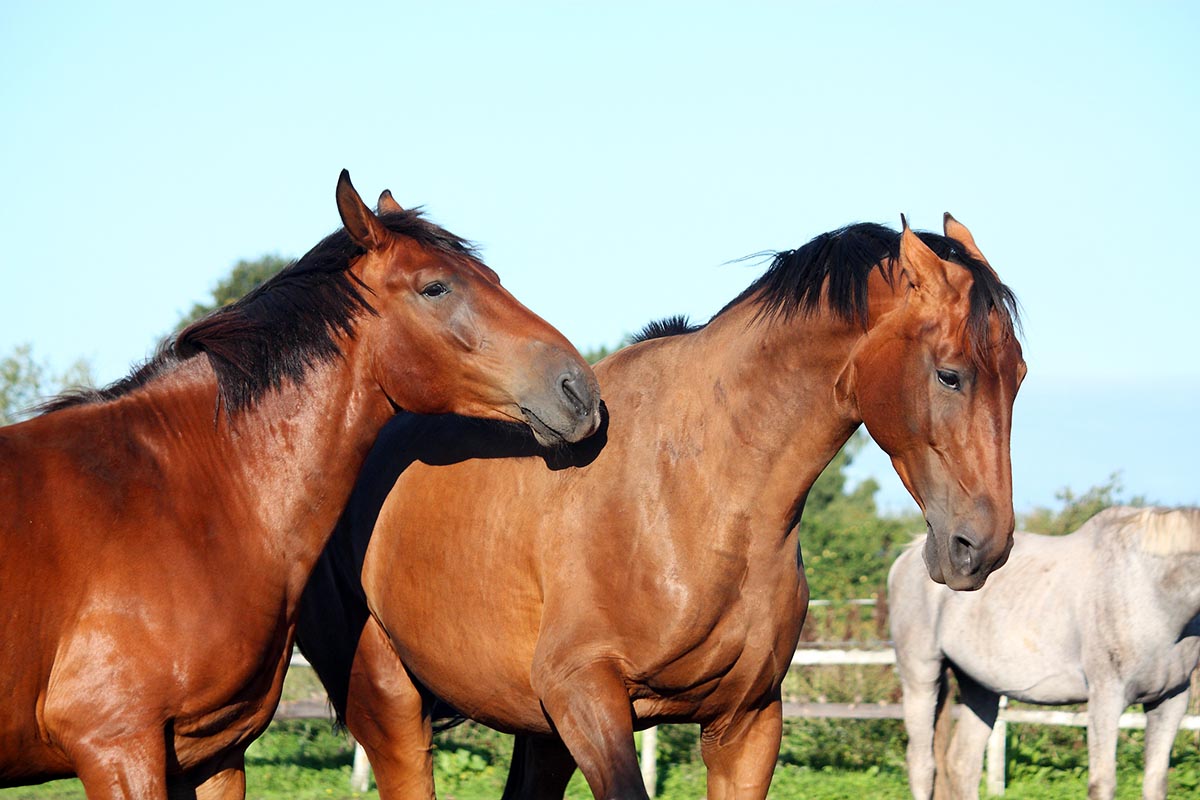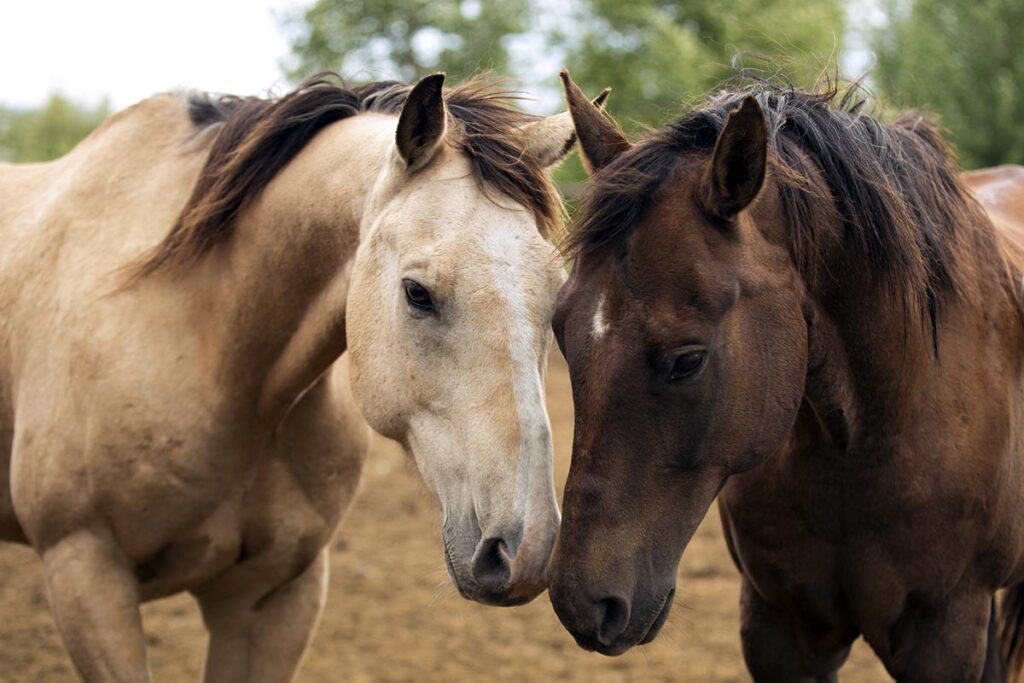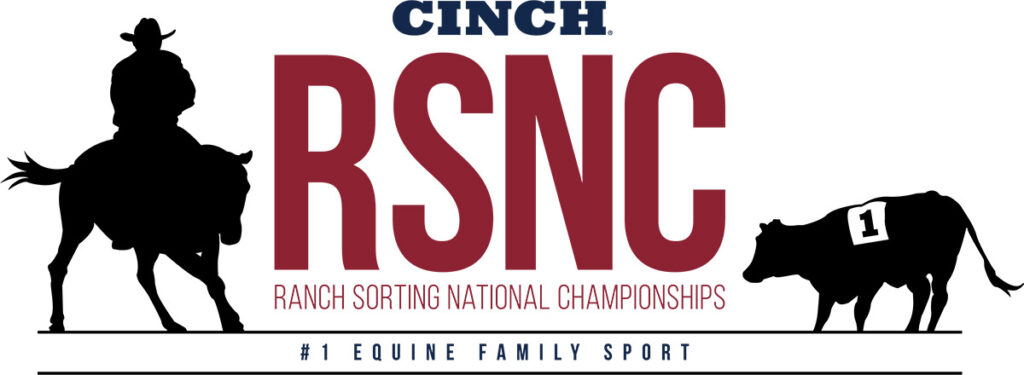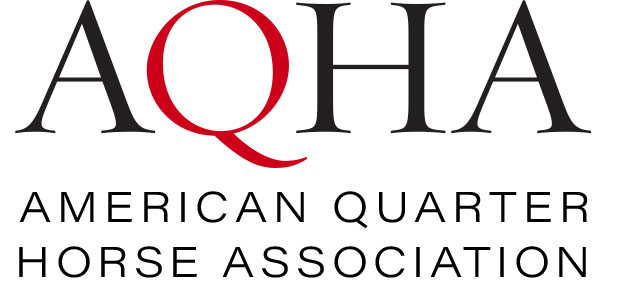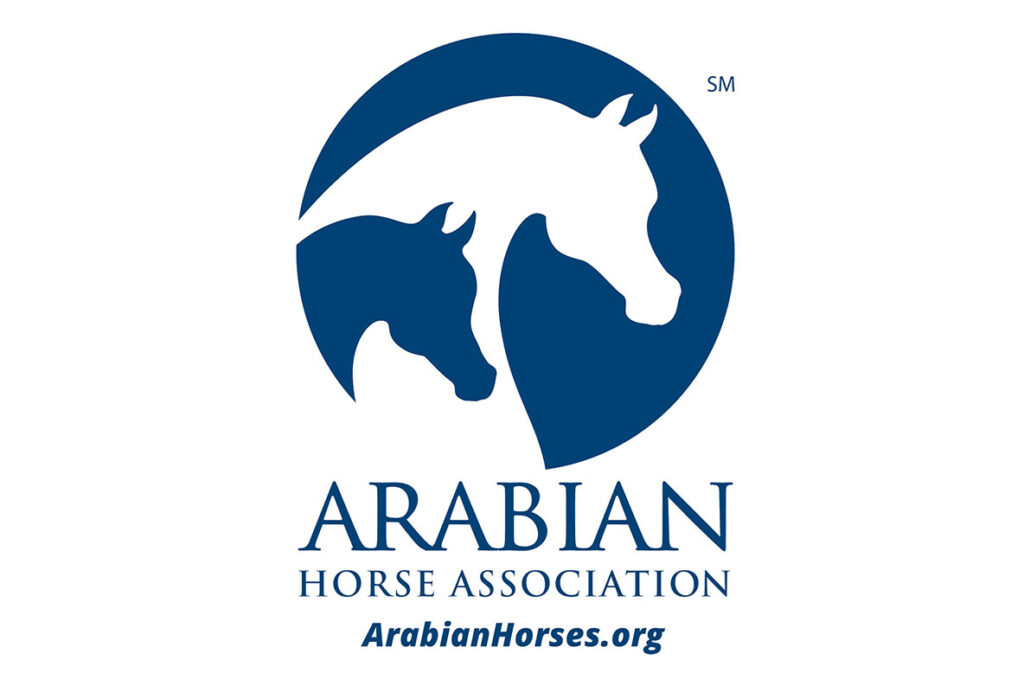If you’re new to mare ownership, you might be wondering what to expect when she’s in heat. Or, you might notice your mare suddenly acting strangely or more irritable than normal. How should you best handle the side effects of her heat cycle? In this article, we’ll guide you through the ins and outs of mare estrus-related behavior.
Estrus vs. Anestrus
Estrus, another term for a mare being in heat, is the part of your mare’s cycle when she is ready to breed. Sometimes it’s obvious a mare is in heat, while other times the signs can be quite subtle.
Horses are seasonal breeders, which means mares have multiple cycles during their natural breeding season, typically in the spring through early fall. If a mare is not bred during this time, she goes into the part of her cycle called anestrus in late summer or early fall (due to the length of daylight). She will stop cycling altogether during this period.
Behavioral and Physical Signs of Estrus
A mare’s cycle is about 21 days long. Mares typically show signs of being in heat for four to seven days. Telltale signs of estrus include:
- Excessive tail swinging.
- Excessive urination, sometimes only in small amounts.
- Opening and closing of the vulva, which is also called winking.
- Squealing, especially when coming in contact with other horses.
- Attempting to get close to nearby stallions or even geldings.
- Having a wide stance, especially with her back legs, and rounding her hindquarters, which is also called posturing.
- Discharge, mucus, or fluid coming from her vulva.
Sometimes mares will have what’s called a “silent heat,” when they don’t show any obvious signs of being in estrus.
How To Safely Manage Your Mare Being in Heat
Most of the time, your mare’s heat cycle will not significantly impact daily handling, riding, or groundwork. But sometimes, it can make working your horse more challenging. You might notice during your ride that she’s more irritable, whinnying, jigging, dancing, or easily distracted and ignoring your riding aids.
To make your life easier, take preventive measures, such as keeping her away from stallions and geldings, to help suppress heat-related behaviors. It might also be a good idea to try riding alone versus in a group during her heat cycles. If your mare is particularly irritable, uncomfortable, and distracted, consider giving her a break from riding for a few days.
If you find your mare’s estrous behaviors are severe to the point she is difficult to handle, then it might be time to consult your veterinarian to see if medication (such as hormone therapy) is an option to help medically suppress these signs.
When It Isn’t Estrus
Keeping track of your mare’s cycle and related behaviors can be helpful for you and your veterinarian going forward. It’s especially important to rule out any health issues that can cause signs similar to estrus but are actually something else. Bladder, vaginal, or urinary conditions can sometimes mimic estrous signs. If you see thick mucus coming from your mare’s vulva, for example, it could indicate something more serious.
Ovarian tumors also occur in mares occasionally, so if you notice continued negative behavior changes well past when she’s in heat, contact your veterinarian.
Related Reading: Smart Strategies for Handling Anxious Horses
Sarah Welk Baynum attended Otterbein University for Equine Business & Facility Management and has spent many years working various jobs in the equine industry, including as a veterinary technician. Sarah is a Columbus, Ohio-based freelance writer and published equestrian fiction author. She also actively competes in show jumping and eventing with her two mares: a spicy Warmblood named Tilly, and an equally spicy OTTB named Letty.
Are you enjoying this content? Sign up for My New Horse’s FREE newsletter to get the latest horse owner info and fun facts delivered straight to your inbox!

